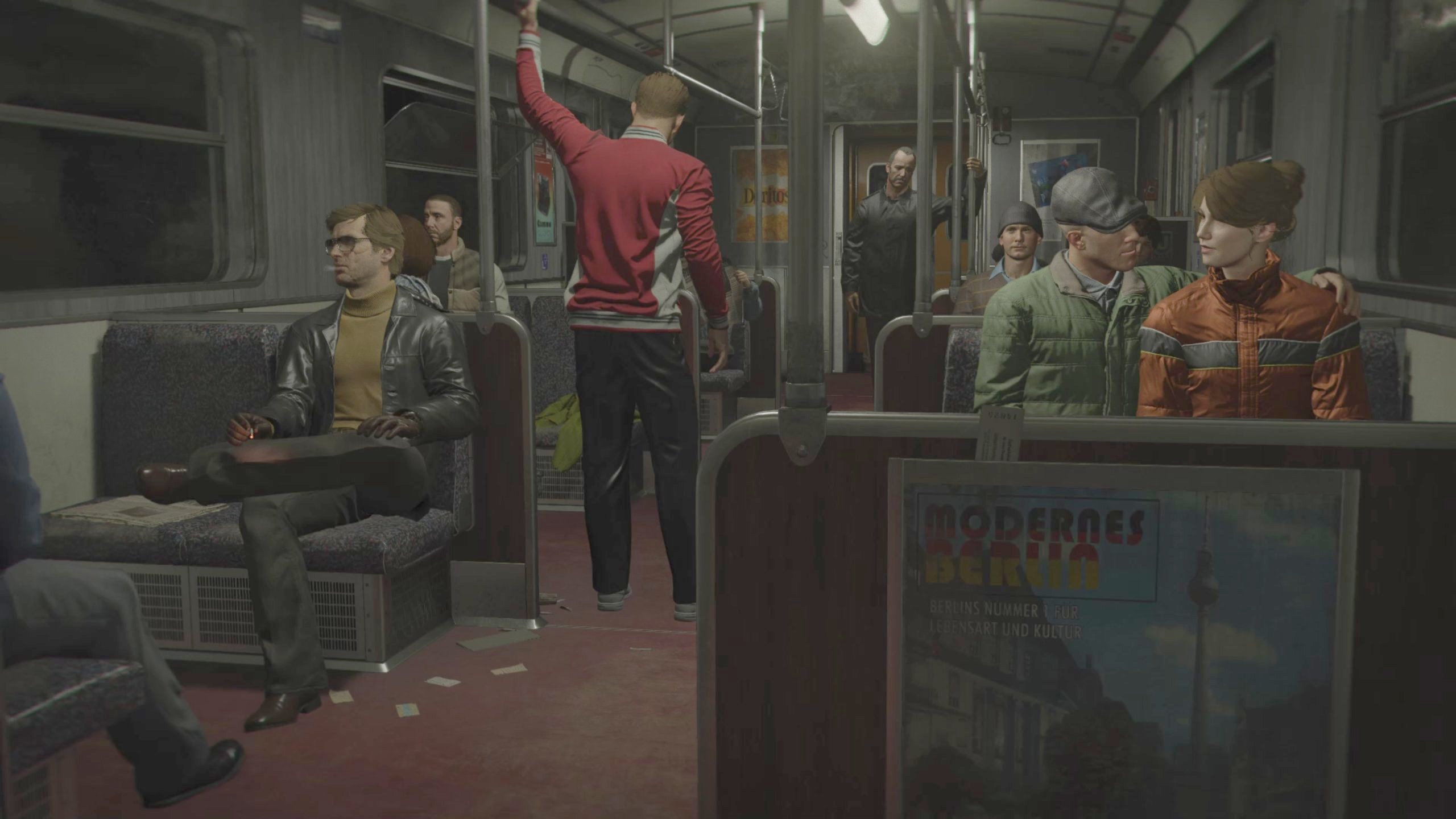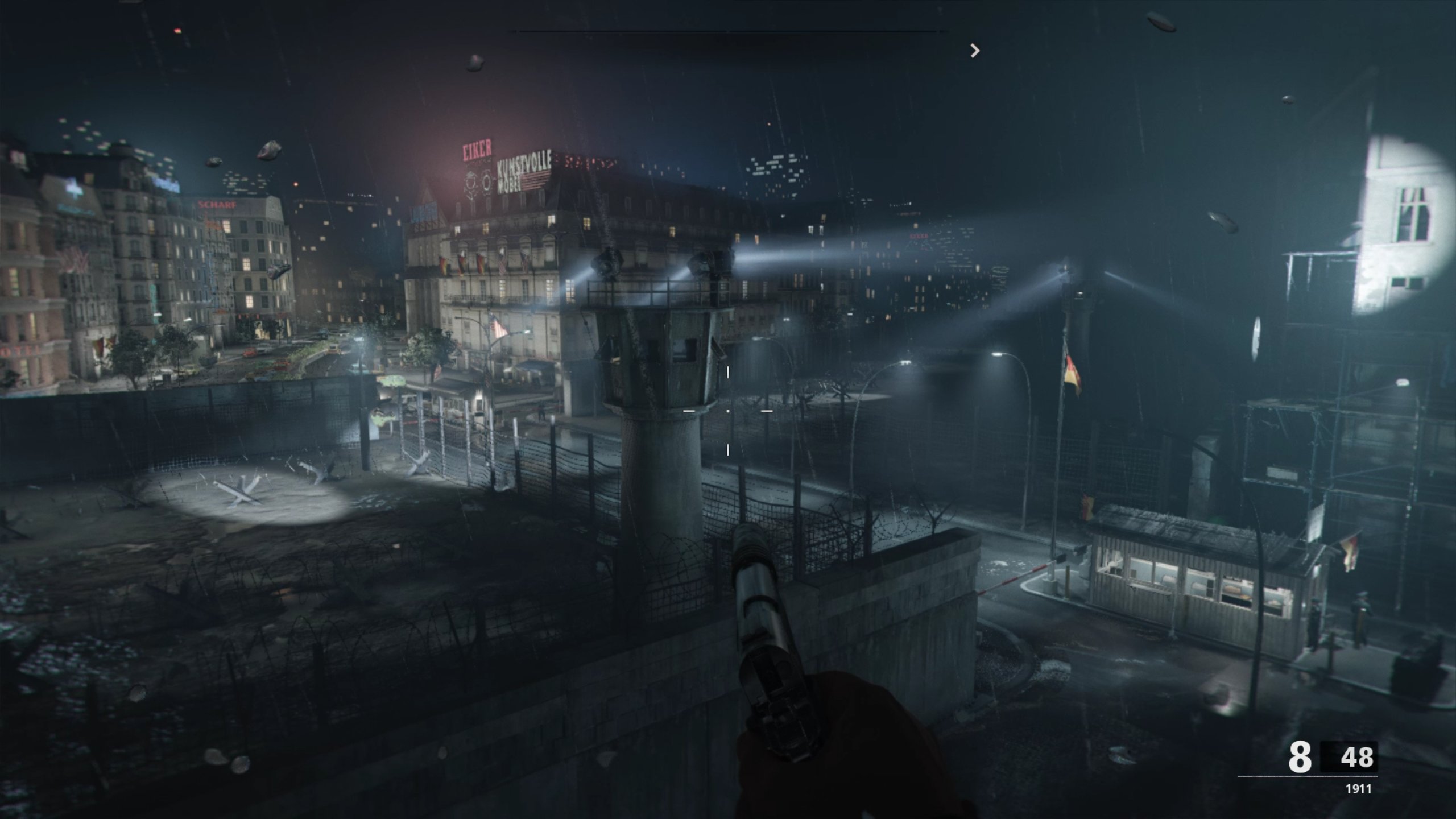What Call of Duty gets right and wrong about East Berlin
A historic Tripadvisor review of Black Ops’ GDR tour.

A short way into Call of Duty Cold War’s campaign, you take a trip to East Berlin to hunt a Russian mafioso. It feels a little like returning to Half-Life 2, since East Berlin was the actual City 17—the capital of the most spied-upon nation in the history of the world.
There’s only so much of a country’s story you can pack into a 30 minute mission, but Raven Software does its best, swinging by the most obvious landmark before delving into the oppression and idiosyncrasy of the German Democratic Republic in its final decade of existence. Let’s see how it all stacks up against the reality.
The Wall

The Berlin Wall has always fascinated outsiders because it allowed a view of two parallel worlds at once. Black Ops delivers on that front, bringing you up to the rooftops right next to a border crossing. You can see the notorious death strip, as well as the white guard huts, a replica of which you can still visit at the site of Checkpoint Charlie in Berlin.
Over the wall, capitalist society is represented by neon lights and tall business blocks; closer to hand, the boarded-up shop fronts of the communist GDR regime are lit by searching spotlights. It’s a heavy handed but effective scene—East Germany was blighted by an oppressive state and struggling economy throughout its existence. And the contrast between each half of the city is very real: Berliners can tell whether they’re in the former West or East Germany just by looking at the street furniture.
The Stasi

You step out onto a street swarming with secret policemen, some of them in the process of stopping citizens to check documentation and ask questions. Taking cover in a bar, you last about two minutes before tipped-off Stasi officers step inside.
That might seem like an extreme portrayal, but the Stasi were numerous, with a staff of 90,000. Including part-time collaborators, their informants made up one in every 6.5 people in East Germany. Their goal was to prevent insurgency by knowing everything about everyone, down to the driest detail. Every former East German has the right to visit the Stasi Records Agency and read the files written about them, but doing so can come with a heavy price: discovering which people in their life were handing intimate facts over to a controlling government.
The music
(Gif works best with sound on.)
Keep up to date with the most important stories and the best deals, as picked by the PC Gamer team.
In the bar by the border, where you meet a CIA informant, German rock music plays on the stereo. The choppy guitars and robotic vocals bring to mind post-punk of the early ‘80s, like Joy Division and The Cure, and the influence is entirely possible - Western radio was illegal but widely accessible throughout East Germany, and a crucial insight into goings-on outside the country.
The East German rock band that most worried the state, however, was the Klaus Renft Combo. Though their old-fashioned sound resembled The Rolling Stones, Renft’s rebellious spirit so concerned the East German authorities that they declared the band over - denying its license to perform and pulling its records from the shops. “As a combo,” an official told Renft in a meeting, “you no longer exist.” The group reformed in 1990, after the Wall fell.
The gadgets
Agent Bell pulls a cigarette from a packet of REGINAUDS, which is a brand I don’t recognise, possibly because it turns out not to be a cigarette at all but the antenna of a listening device. The Stasi Museum in Berlin is stuffed with analogue spy paraphernalia of this kind - microphones hidden in watches, as well as cameras concealed in watering cans, bird boxes, and the zips of coats.
The tunnels

Adler’s unit makes its way into East Berlin via the railway tunnels. It’s true that many escaped to the West underground, but the most famous tunnels were handmade. Dug between cellars, they were liable to flooding and discovery by the Stasi, and so carried the risk of arrest. But desperate to be reunited with family, friends or personal freedom on the other side of the Wall, East Germans took that risk.
In a heartbreaking story recounted in Anna Funder’s book Stasiland, the Stasi offered to reunite an East German woman, Sigrid Paul, with the sick baby she’d been separated from in West Berlin. In return, she would lead a tunnel collaborator into a trap. Paul turned down the deal, and her son spent his early years parented by doctors and nurses.
The torture

You’ll notice not just a hammer and sharp implements in the interrogation scene above, but folders full of notes. That’s a Stasi signature: the organisation made as many files in 40 years as Germany had in five centuries.
The organisation specialised in psychological torture, developing a technique called Zersetzung—decomposition—by which they took apart victims’ lives. The goal was to undermine their relationships, seed self-doubt, and so douse the fire of rebellion. During questioning, officers would performatively demonstrate their knowledge of personal secrets, to create the impression that nothing was beyond their reach or control. It was a bland form of evil perpetrated by meticulous note-takers.
Jeremy Peel is an award-nominated freelance journalist who has been writing and editing for PC Gamer over the past several years. His greatest success during that period was a pandemic article called "Every type of Fall Guy, classified", which kept the lights on at PCG for at least a week. He’s rested on his laurels ever since, indulging his love for ultra-deep, story-driven simulations by submitting monthly interviews with the designers behind Fallout, Dishonored and Deus Ex. He's also written columns on the likes of Jalopy, the ramshackle car game. You can find him on Patreon as The Peel Perspective.

